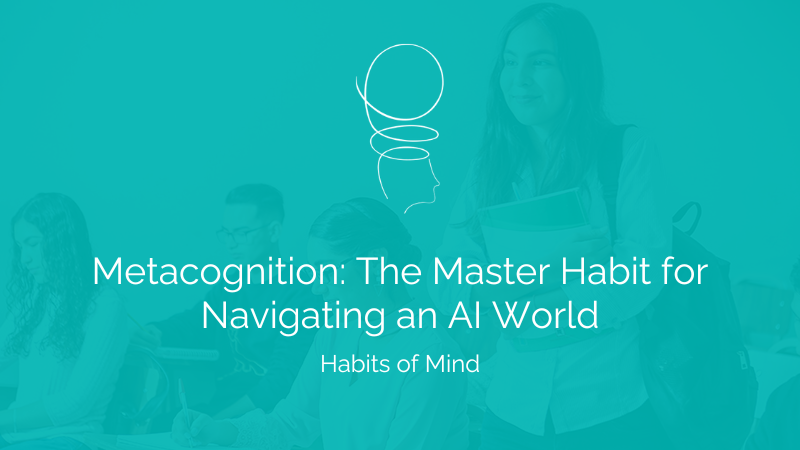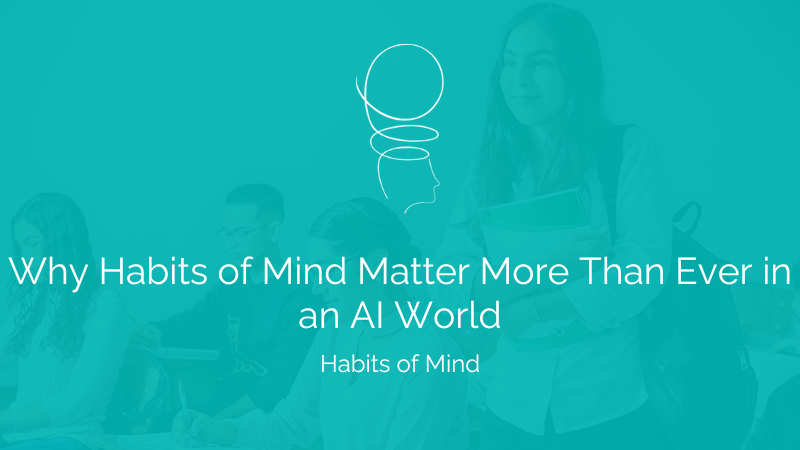School systems have always struggled with balancing performance and learning. We want students to perform well on assessments, but we also want them to develop as learners. Unfortunately, these goals sometimes conflict—and AI is intensifying this tension.
Two Critical Zones: Performance vs. Learning
In the Learning Zones framework, two zones in particular require careful distinction:
Performance Zone
- Measured in quality
- Focus on demonstrating current capabilities
- Aims for reliability and consistency
- Mistakes are undesirable
- Purpose: Showing what you can do
Learning Zone
- Measured in effort
- Focus on growth and development
- Maximizes skill development through challenge
- Valuable mistakes provide information
- Purpose: Becoming capable of more
Both zones are necessary, but they serve fundamentally different purposes. Problems arise when we confuse one for the other—or when we spend too much time in Performance and not enough in Learning.
AI’s Distortion Effect
AI tools create a dangerous illusion: they can dramatically enhance performance without corresponding enhancement of learning. This distortion manifests in several ways:
- Inflated Performance Metrics: Students produce work that exceeds their actual capabilities, making assessment less meaningful
- Reduced Learning Zone Time: The efficiency of AI means students spend less time grappling with challenges that build capabilities
- False Comfort Zone Expansion: Students believe they’ve mastered skills that they’ve merely outsourced
- Performance vs. Learning Confusion: The line between demonstrating ability and developing ability blurs
The Learnership Solution
This is precisely why Learnership—the expertise in learning itself—has become more crucial than ever. When students develop strong Learnership, they:
- Recognize which zone they’re operating in
- Understand when to use AI as a performance enhancer vs. when to limit it for learning purposes
- Value growth over apparent achievement
- Take ownership of their skill development
The core components of Learnership provide the antidote to AI’s distortion effect:
- Challenge Framework: Understanding that growth happens through stretching just beyond current capabilities
- Effort Framework: Recognizing that not all effort is created equal—how and where effort is applied matters
- Mistake Framework: Distinguishing between different types of mistakes and their learning value
- Feedback Framework: Taking charge of feedback rather than passively receiving it
- Habits of Mind: Developing thinking dispositions that enable increasingly complex problem-solving
Rebalancing for Real Growth
For educators, this means deliberately designing experiences that:
- Clarify Zone Purposes: Explicitly discuss which zone activities operate in and why
- Value Learning Processes: Assess and celebrate growth in capabilities, not just performance outputs
- Create AI-Free Learning Spaces: Designate specific times and tasks where students develop foundational skills without AI enhancement
- Make Learning Visible: Use reflection tools that help students articulate what they’re actually learning
Beyond Traditional Assessment
This may require fundamentally rethinking how we assess students. When AI can help produce seemingly sophisticated work, we need assessment approaches that:
- Reveal actual capabilities rather than AI-enhanced outputs
- Capture growth over time rather than point-in-time performance
- Value process as much as product
- Assess transfer of learning to novel contexts
These principles align with what I call “Assessment is About Where You Are, Not Who You Are”—a concept explored in depth in “The Learning Advantage.” While written for parents, these ideas have profound implications for classroom assessment practices.



